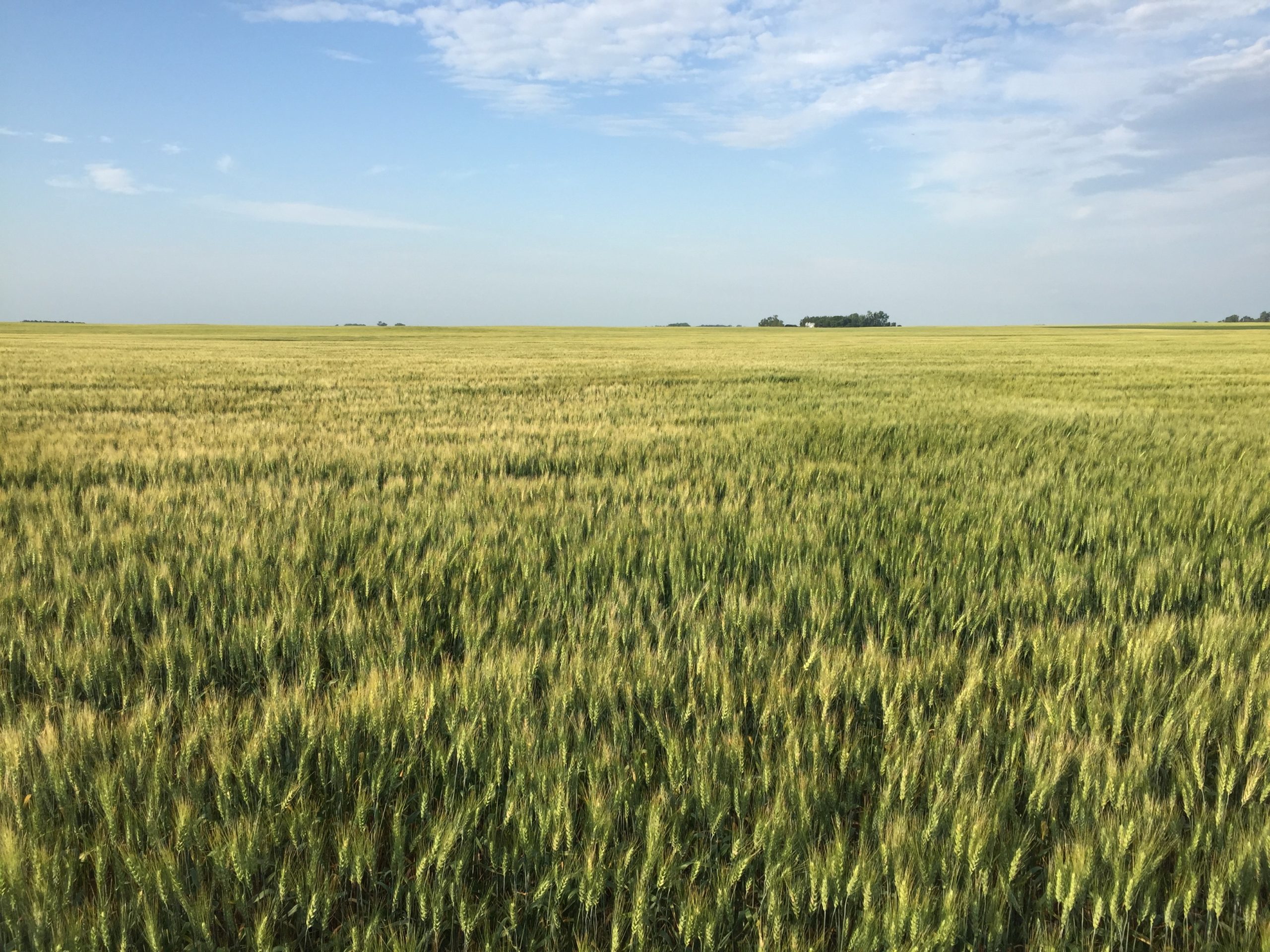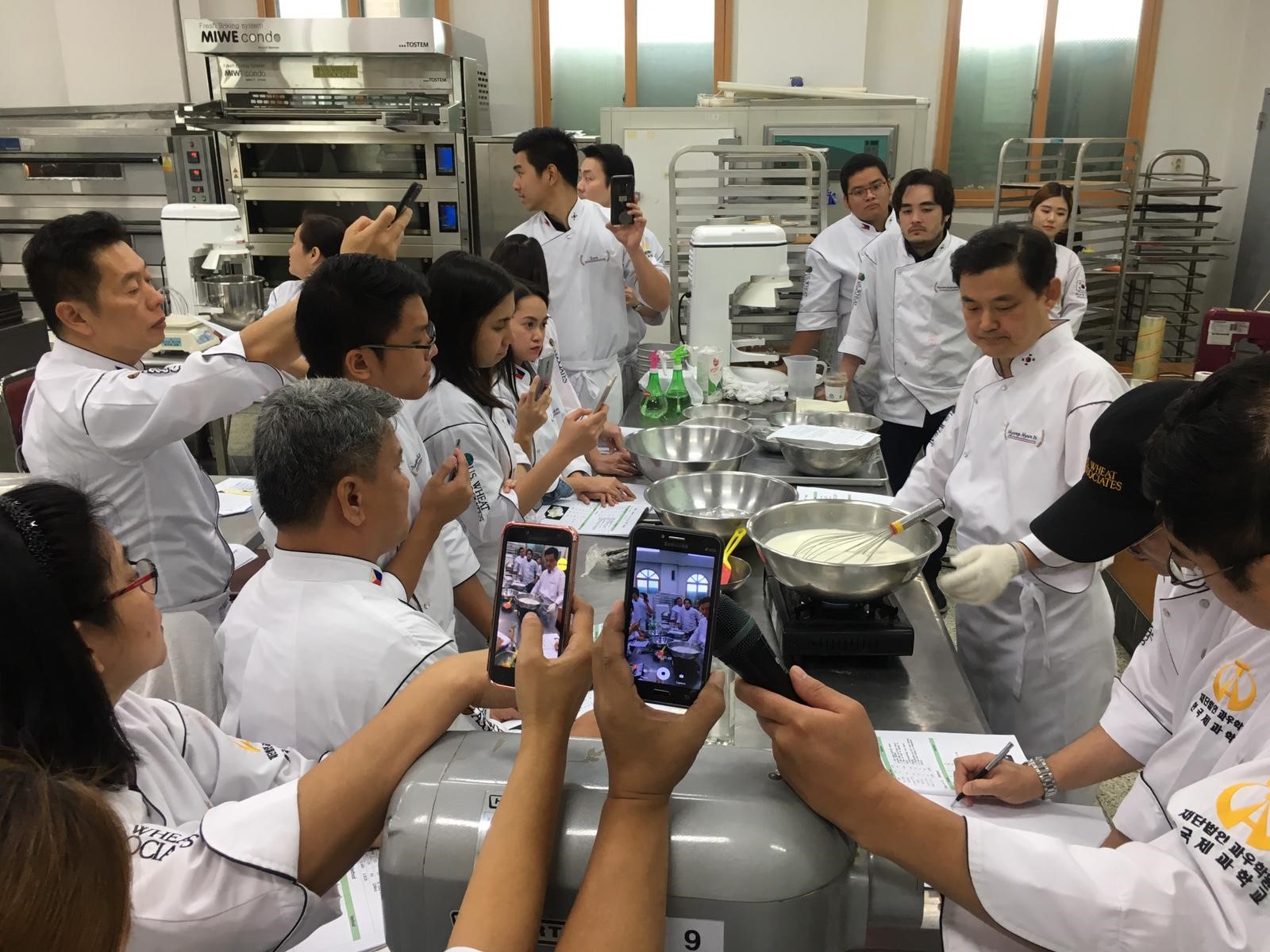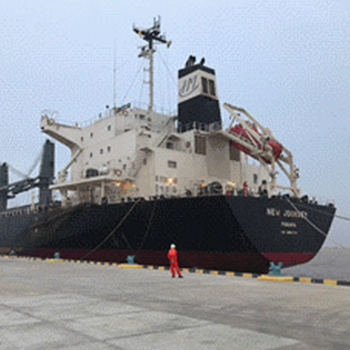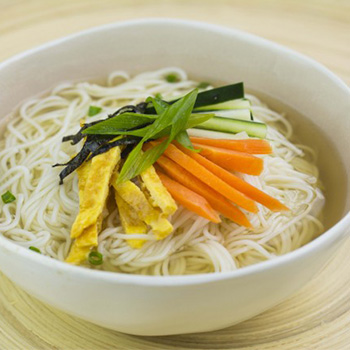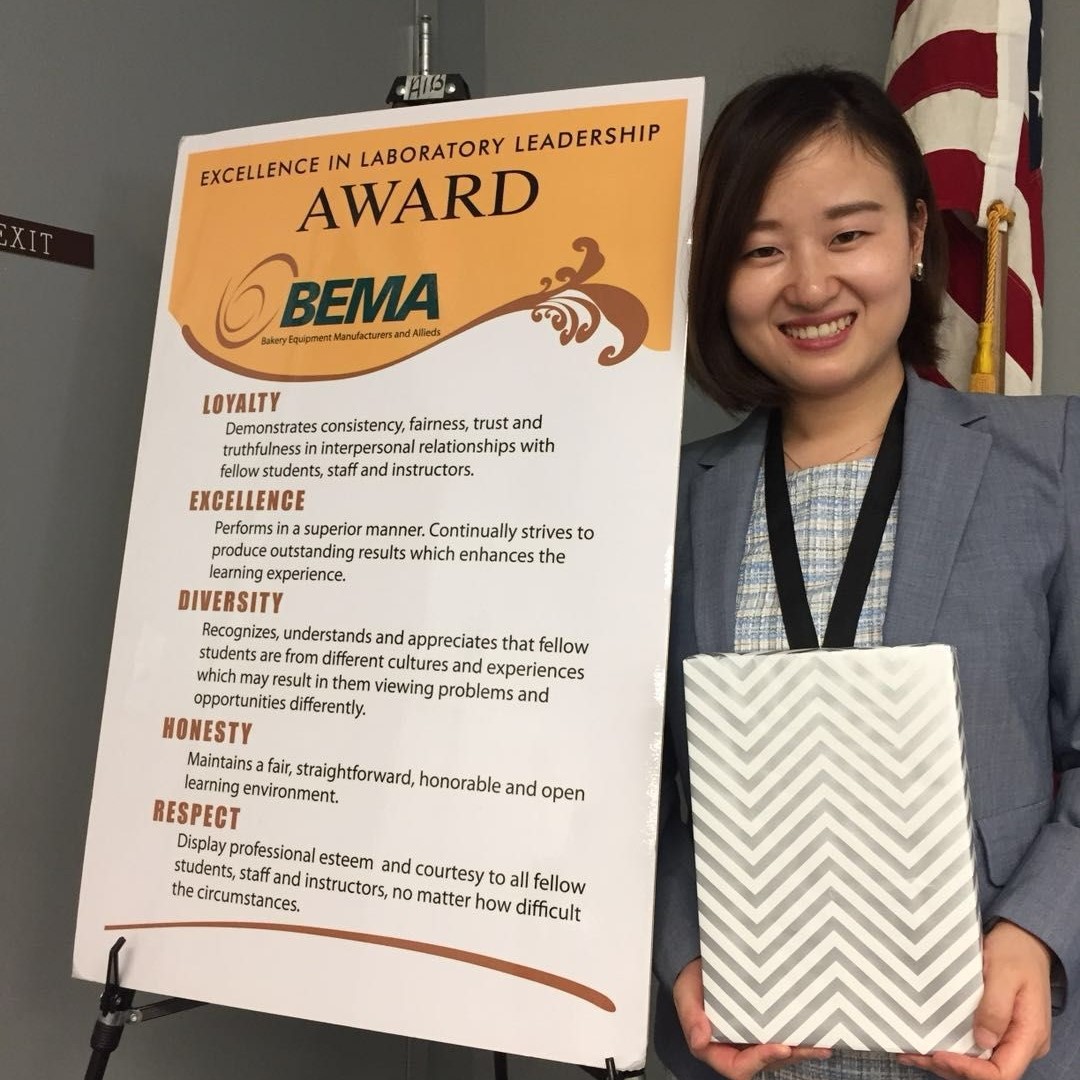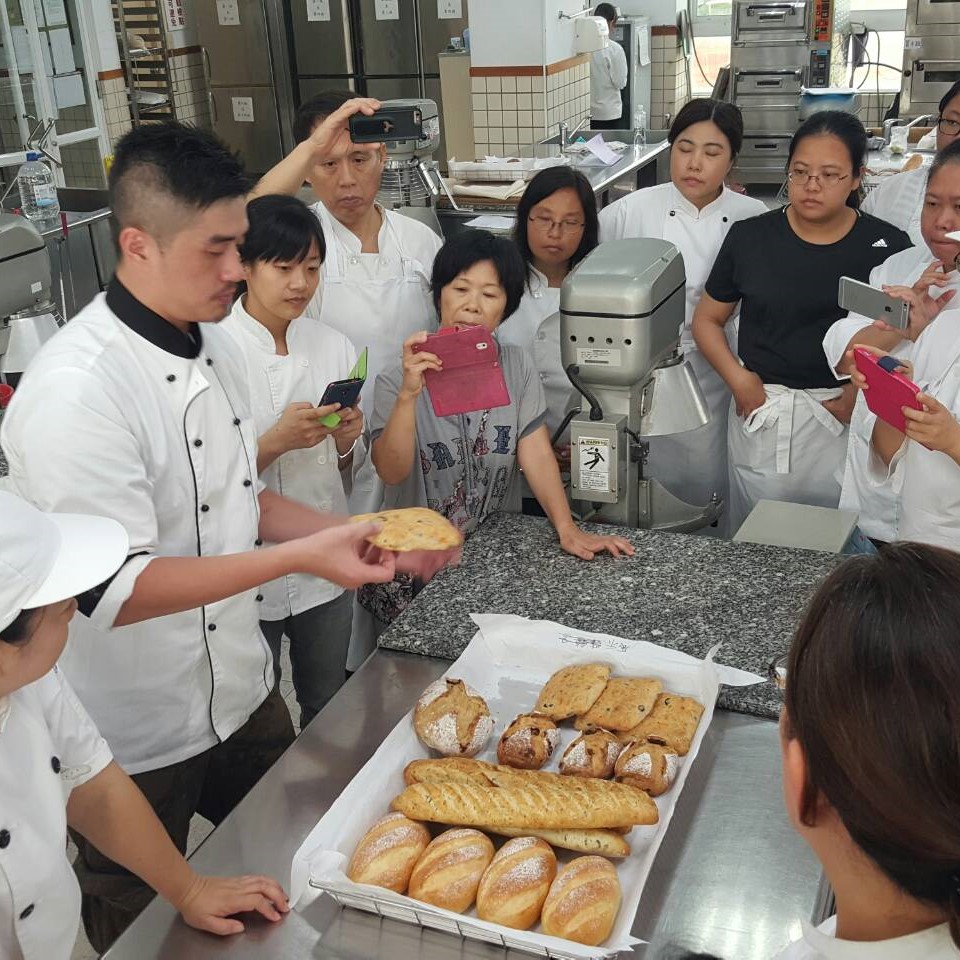The marketing year 2018/19 hard red winter (HRW) and hard red spring (HRS) wheat crops offered excellent milling and baking quality, and therefore more value, than in previous years. U.S. Wheat Associates (USW) representatives in South America invited two representatives of an influential buying group in Chile to participate in a trade team visit to the United States in June 2018. This group had not purchased U.S. wheat, relying instead on Canadian spring wheat, so USW was pleased that the trade team included two executives from the buying group who had never participated in such a visit to observe the U.S. wheat production and supply system.
In Portland, OR, the participants made contacts with new Pacific Northwest grain traders and observed the FGIS grain inspection process. In Nebraska, hosted by the Nebraska Wheat Board, the team saw public wheat breeding research at the University of Nebraska, Lincoln, and in North Dakota they learned about new crop U.S HRS quality.
As the tour progressed, USW saw more and more interest from the participants. They learned that lower moisture U.S. wheat offers good value in their milling processes. They saw how they could use inspection data to get maximum return from their wheat import contracts. They talked to farmers and elevator operators who showed how quality is maintained throughout the supply chain.
In September 2018, the buying group told USW it was considering purchasing a full cargo of U.S. wheat and requested additional crop quality data to support and facilitate the decision. USW shared the quality data from the new harvest and past years and discussed the excellent buying opportunities. In April 2019, the buyer purchased 30,000 metric tons (MT) of U.S. HRW to mill into bread flour and soft red winter (SRW) to mill into cookie and pastry flour. The mill manager who traveled to the United States also expressed interest in purchasing soft white (SW) from the Pacific Northwest. With funding from the USDA Foreign Agricultural Service Market Access Program (MAP), USW provided trade and technical service to open that opportunity. And to continue the long-term process to build sales to the buyinggroup, USW invested Agricultural Trade Program (ATP) funds to send the same manager to participate in the Hard Red Spring Wheat Quality Tour in North Dakota in July 2019.
With a more sustained effort focused on replacing Canadian supplies and funded by MAP, ATP and the Foreign Market Development program, USW anticipates continued growth from this influential buying pool and throughout South America.

